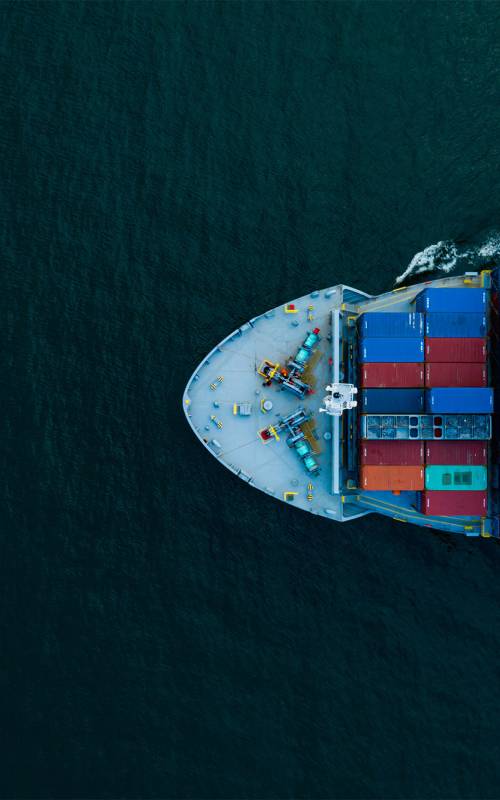Collective containers
In a collective container, several container part loads, so-called LCL loads from different shippers are often consolidated in so-called container freight stations. Depending on the transport route and type of transport, a waybill or consignment note is issued for each LCL. The collective containers are deconsolidated in the destination area.
Consolidated containers in shipping, by truck and air freight
The transport of individual goods and goods in a collective container is carried out by ship, truck or . Forwarding companies also organise the transport of so-called groupage consignments, partly by consolidated container. These collectives are goods from different original senders, which are transported to different recipients by truck. Organisation and implementation is carried out by a groupage freight forwarder.
Groupage containers offer a variety of advantages, for example, it is sufficient to pack the goods on pallets or in wooden crates. For small consignments, no lift accumulation is necessary. For partial shipments, only proportional transport costs are incurred. However, in the case of transport by sea, the consolidated container is sometimes on the road for up to a month. A collective container is particularly suitable for the transport of general cargo.
Consolidated container makes sense when moving abroad
The term general cargo refers to all goods and transport goods that cannot be transported in individual parts, for example machines, electrical equipment but also different goods that are grouped together on a pallet. A sollective container is also useful when moving abroad to ensure that the goods are transported safely.



